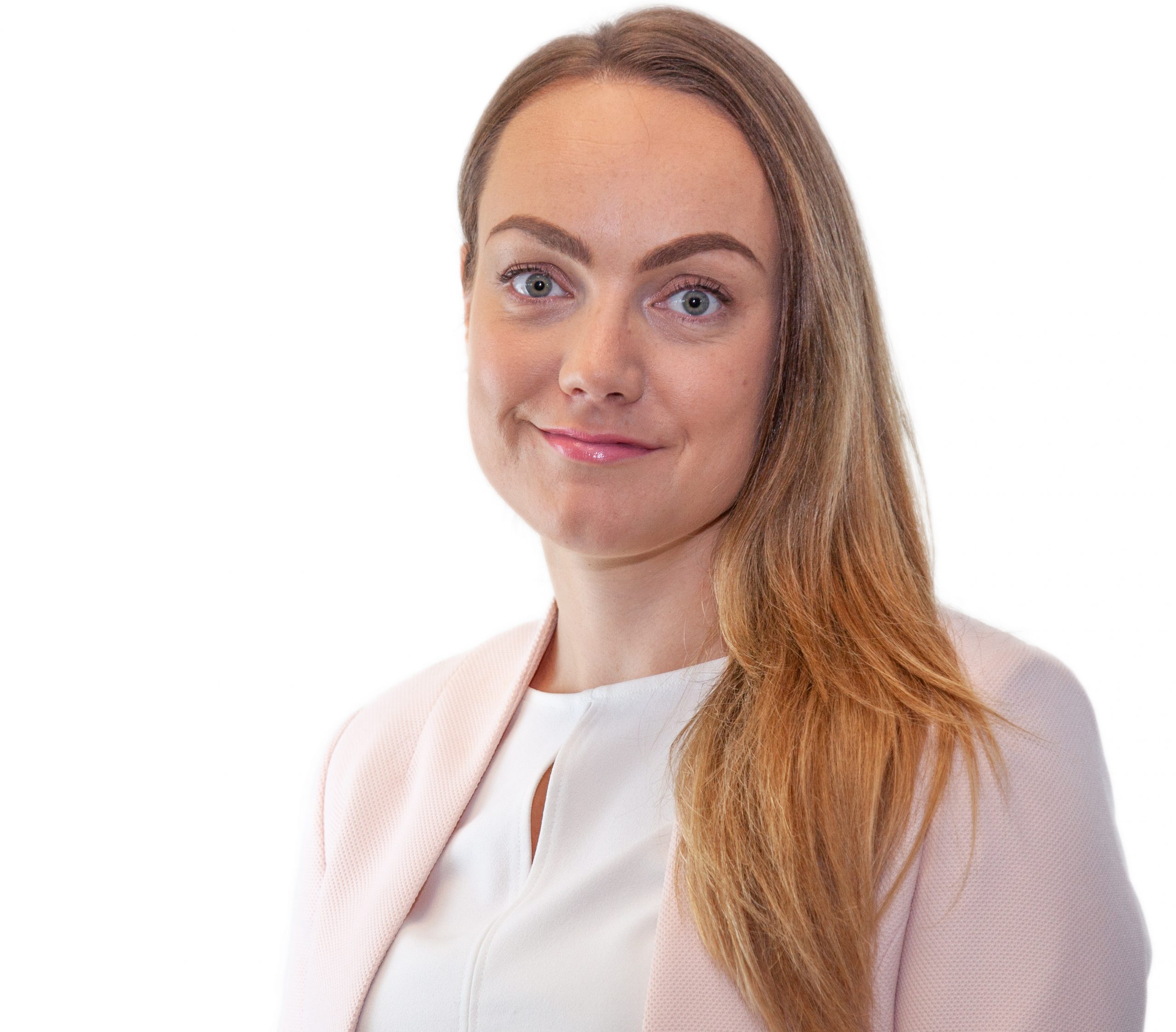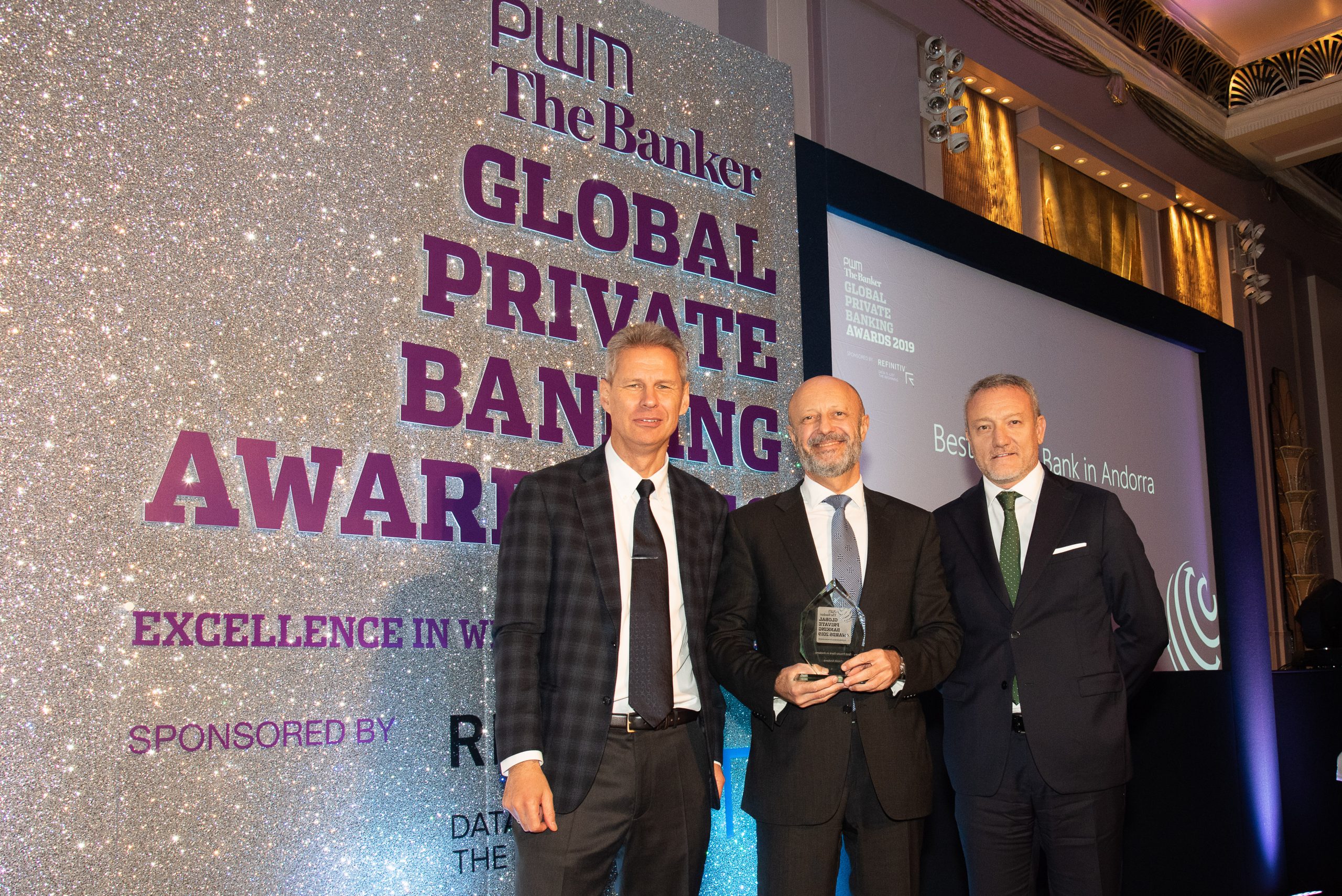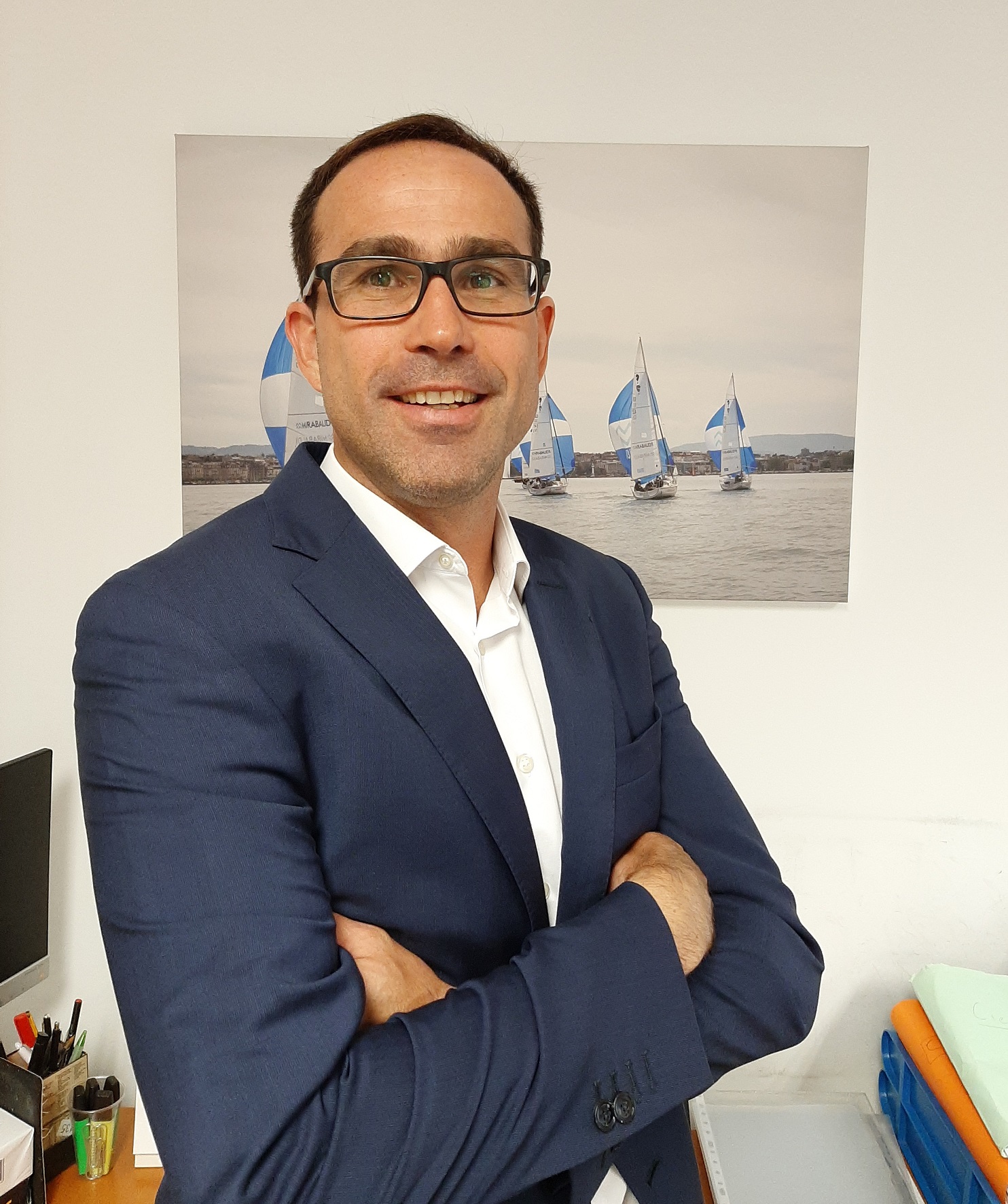Las firmas de inversión dan un paso adelante y comparten su visión sobre la COP25 y su aportación al cambio climático
| Por Beatriz Zúñiga | 0 Comentarios

Los ojos el mundo han estado esta semana pendiente de la Conferencia de la ONU sobre el Cambio Climático (COP25) celebrada en Madrid (España), que concluirá el próximo 13 de diciembre. En estos días políticos, científicos y las autoridades internacionales más representativas del mundo han insistido en la necesidad de dar nuevos pasos para evitar el cambio climático antes de que sea demasiado tarde.
Desde el ámbito financiero, las principales firmas de inversión también ha querido unirse a este compromiso y mostrar cuáles son sus propuestas para movilizar capital hacia este fin, además de explicar cuál es su aportación a la lucha contra el cambio climático.
En opinión de Michael Baldinger, director de Inversión Sostenible y de Inversión de Impacto de UBS AM, los mercados de capitales pueden ser utilizados como una herramienta contra el cambio climático. “Como parte de nuestro deber fiduciario, mantenemos un diálogo continuo con las empresas en las que invertimos en nombre de nuestros clientes. Hemos desarrollado un programa específico de compromiso corporativo sobre el clima, que se centra en la energía y en los servicios públicos, dos sectores que consideramos particularmente expuestos a la transición del cambio climático. Si comprendemos cómo abordan los riesgos climáticos y nos comprometemos, podremos tratar de influir y apoyar un cambio real”, señala Baldinger.
La Française, por ejemplo, destaca lo relevante que resulta la COP25 para evitar perder más tiempo. “Los sectores con elevadas emisiones de gases de efecto invernadero, como el de petróleo y gas, el acero o el cemento se verán desafiados, pero debemos tener en cuenta que el paso a una economía baja en carbono afectará a todos los sectores. Es probable que los riesgos climáticos se desarrollen de forma no lineal, es decir, que se produzcan choques económicos repentinos, como fenómenos meteorológicos extremos, en lugar de una transición constante. Esto resultará en ganadores y perdedores en todos los sectores. Sin embargo, creemos que los sectores altamente expuestos a las emisiones de carbono tendrán más perdedores que ganadores. Los ganadores del futuro son los que ya han comprendido que es necesaria una transición y han actuado en consecuencia. Por supuesto, creemos que algunos sectores son especialmente interesantes, como las tecnologías informáticas y el cloud computing o las energías renovables. Pero cada sector necesita desempeñar su papel y el nuestro, a través del centro de investigación Inflection Point de La Francaise, es estar en condiciones de analizar y evaluar a las empresas e identificar a los ganadores para ayudarles en su transición a una economía baja en carbono”, argumenta Perrine Dutronc, analista de inversión sostenible de La Française.
Oportunidades de inversión
Pese a la cantidad de reto que plantea el cambio climático, las gestoras se muestran optimistas y consideran que hay un gran número de oportunidades de inversión, apoyando al medio ambiente y sin perder rentabilidad. Por ejemplo, según explica Marc Hassler, analista de inversión sostenible de Schroders, a medida que los países empiecen a informar sistemáticamente sobre las emisiones en relación con los objetivos establecidos, y los mecanismos de comercio de derechos de emisión basados en el mercado se vuelvan más frecuentes, nos estaremos acercando a otro hito en la transición hacia una economía sin emisiones de carbono.
“Esto favorecerá a las empresas cuyos productos y servicios ayudan a mitigar el cambio climático y a adaptarse a él, por lo que creemos que hay razones por las que los inversores en cambio climático pueden continuar siendo optimistas”, señala Hassler.
Misma visión aporta Luciano Diana, director de inversión temática ambiental de Pictet AM y gestor de Pictet Global Environmental Opportunities, a la luz de los datos que hay sobre la mesa: Se espera que la clase media mundial aumente de 3.800 millones a más de 5.600 millones de personas para 2030, lo que requiere más recursos globales, hasta el punto de que los consiguientes cambios ecológicos adversos pueden ser de los principales riesgos para la expansión económica.
“De hecho el verdadero valor del capital natural no se refleja adecuadamente en los precios de mercado, lo que conduce a un consumo de recursos naturales y contaminación excesivos. Pero las empresas que buscan resolver los correspondientes desafíos ambientales mediante innovación, tecnología y uso inteligente de recursos naturales pueden crecer en este entorno cambiante gracias a modelos de negocio que a largo plazo serán los más demandados”, sostiene Diana.
El negocio de gestión de activos
Dentro de la integración que han hecho las gestoras del factor medioambiental de los criterios ESG hay diversos enfoques, desde usar criterios de exclusión hasta apostar por aquellas compañías que registran altas emisiones con el fin de ayudarles a transformarse. Respecto al boom de la tendencia de la inversión sostenible en los últimos años y la falta de parámetros para unificar y comparar las calificaciones ESG, Kai Lehman, analista senior del Instituto Flossbach von Storch, lanza una reflexión: “Cuando se trata de analizar una empresa, el desempeño en el área de la sostenibilidad está situando poco a poco los criterios de evaluación tradicionales en un segundo plano en la percepción general. Aunque hay un gran acuerdo sobre la elevada relevancia de los problemas ambientales, sociales y de gobernanza (ESG), hay poco quorum sobre cómo se puede medir el desempeño de sostenibilidad de una empresa”.
Generalizando, las casas de inversión han decidido aumentar sus inversión sostenibles y de impacto por un doble motivo: una mayor demanda por parte del inversor y su propio compromiso con el medio ambiente. Un claro ejemplo es cómo ha aumentado el lanzamiento de nuevos fondos de inversión orientados al cambio climático.
Respecto a los inversores, todas las gestoras coinciden en reconocer que cada vez hay más interés y más conocimiento. Según Lottie Meggitt, analista de inversiones responsables en Newton (parte de BNY Mellon IM), «un aspecto clave que frena la plena adopción de los ODS por parte de los inversores es el hecho de que las empresas no publican datos consistentes. En un mundo perfecto, nos encantaría poder agregar todos estos datos para saber en qué medida contribuyen las posiciones de los fondos a los ODS. Sin embargo, como cada empresa publica esta información según le parece, y como no difunden datos sobre ESG de forma consistente, resulta extremadamente difícil comparar empresas, medir los avances e informar sobre los fondos».
Y como respuesta a esa mayor demanda, surge un mayor número de soluciones de inversión. Por ejemplo esta semana con motivo de la COP25, Degroof Petercam Asset Management (DPAM) ha lanzado la estrategia DPAM L Bonds Climate Trends Sustainable, un fondo que ofrece a los inversores la posibilidad de financiar a emisores comprometidos con la lucha contra el cambio climático a través de una cartera agregada de bonos gubernamentales y corporativos, en su mayoría investment grade.
Otras firmas como Allianz GI han aprovechado el contexto para recordar cuáles son sus soluciones de inversión más orientadas al clima: Allianz Climate Transition y Julien Bras, cogestor del fondo Allianz Green Bond. Se trata de dos fondos que proponen formas diferentes de enfrentarse a este reto.
Según explica Christine Clet-Messadi, gestora del fondo Allianz Climate Transition, su esencia es centrarse en aquellas industrias que tienen que realizar una transformación y transitar hacia modelos bajos en carbono. “Simplemente hay que detectar los activos apropiados para lograr esa transición y manejar los riesgos. Nuestro análisis se centra en una parte fundamental y en otro de ver qué idea de generación tienen”, explica.
Por su parte Julien Bras, cogestor del fondo Allianz Green Bond, defendió que la renta fija también puede ser una buena alternativa. “Los bonos verdes están estructurados igual que un bono normal, y no suponen un mayor riesgo. El impulso regulador hará que el universo de este tipo de activo tienda a crecer y con ello habrá más oportunidades de apoyar proyectos que realmente aporten a la lucha contra el cambio climático. De nuevo, y como apuntaba Christine Clet-Messadi, la clave será elegir bien y de forma activa”, destaca Bars.
















